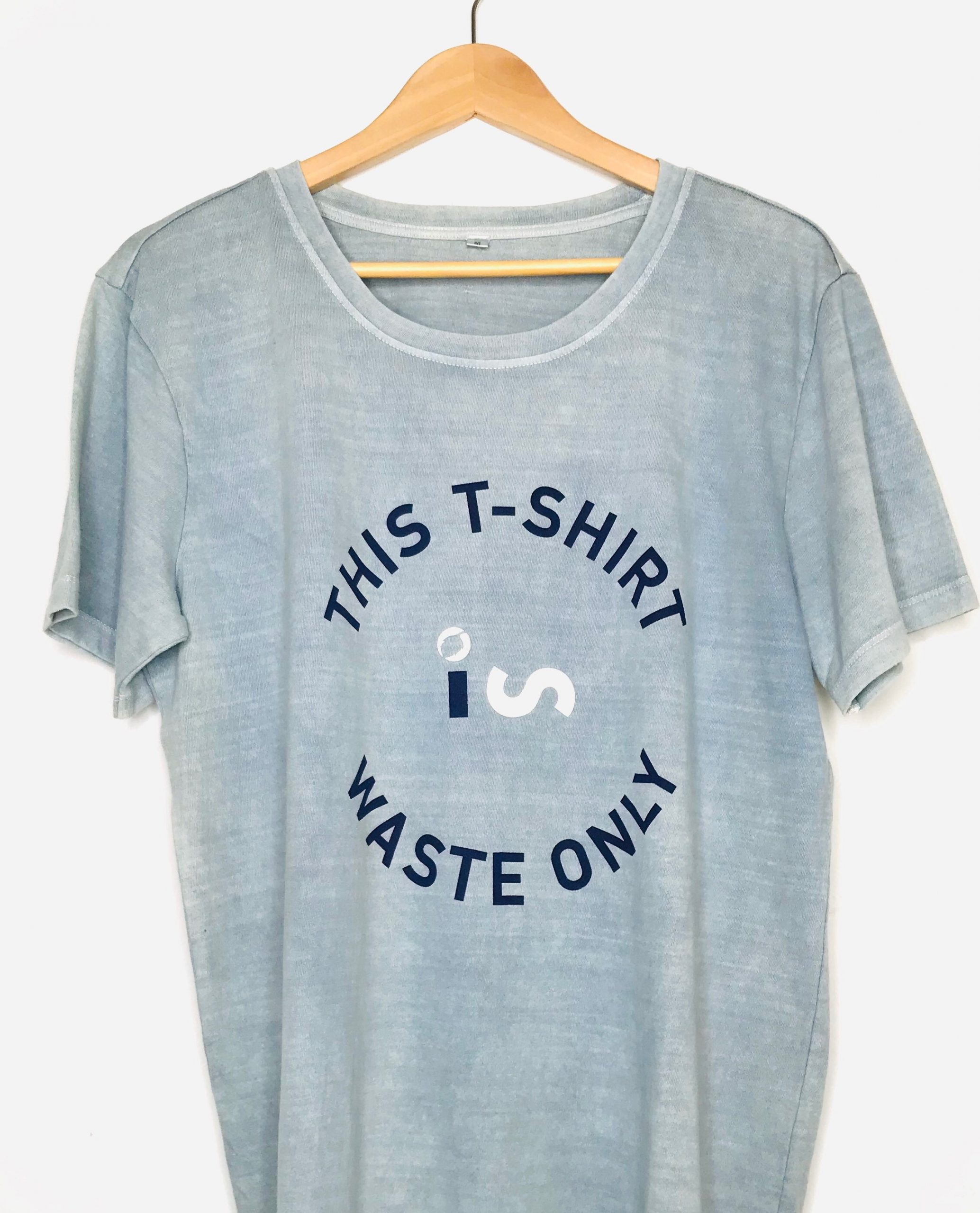How harmful is the conventional dyeing process?
In an average garment production process, the largest negative climate impact stems from the dyeing phase – constituting as much as 23,5% of a garment’s footprint. This can be compared to fibre production that stands for 16,3% of the climate impact. We hear a lot more talk about choice of fibres than about choice of dyeing method – something we need to talk more about, both as producers and as consumers.
Why is natural dyes a good idea?
For cotton, an environmentally friendly method to use is so called Natural dyes. In the natural dye processes for our products here at Textile Pioneers, no chemicals or binding agents, such as salt and alkali, is being applied. The water does not need to be heated as such high degrees as with chemical dyeing, and a lot of energy is saved. The water is not contaminated and can be used for watering the fields. The lack of chemicals also makes the product allergy friendly. The ingredients are natural and more biodegradable than synthetic options. On top – the colors we get from the natural dye methods are absolutely beautiful.

What are the sources for natural dyes?
The great thing about natural dyes is that the raw materials can be derived from waste, just like our garments. We use waste of the Marigold flower, pomegranate shells and indigo leaves, just to mention a few. The Marigold flower is a really interesting ingredient with several positive side-effects; antibacterial, antifungal, antimicrobial and can be derived at a low cost, since it’s so widespread in India.

What about the colorfastness?
Due to the lack of binding agents, the product will fade over time as natural colors have always done. Often, this is hardly noticable for the consumer. We are basically bringing dying back to its roots before chemicals and binding agents were introduced in the 1970’s. But, if you really want, it’s possible to add binding agents to the process. But since this is the most harmful part of the process for the environment, many companies like ours will avoid doing so.
Check out how we use natural dyes on our products
This t-shirt is a mix of 60% recycled cotton and 40% recycled polyester t-shirt and dyed using indigo leaves. The melange effect is created due to the combination of the two fibers, as only the cotton fibers will absorb the natural dye, leaving the polyester fibers in it’s original color.

Sources:
Mistra Future Fashion report – Supply chain guidelines: vision and ecodesign action list. Roos & Larsson, Jönsson (RISE), 2019.
Ecofriendly Marigold Dye as Natural Colourant for Fabric. By Sujata F. Harlapur, Suneeta Harlapur and Shantabasavareddi F. Harlapur, 2020. https://www.intechopen.com/online-first/ecofriendly-marigold-dye-as-natural-colourant-for-fabric
